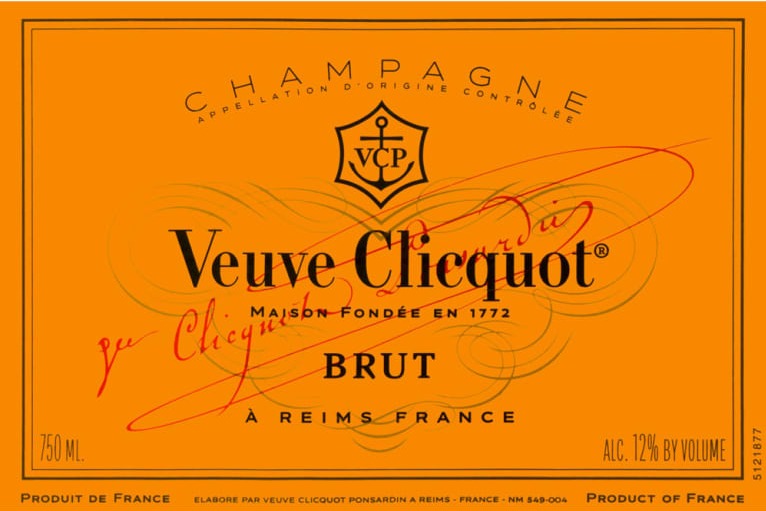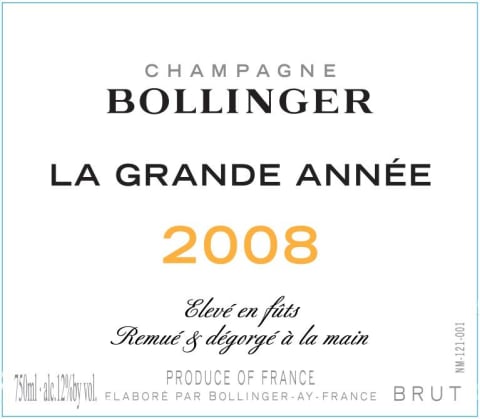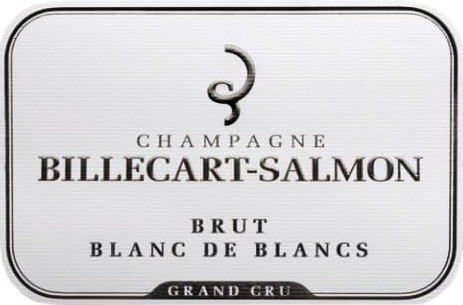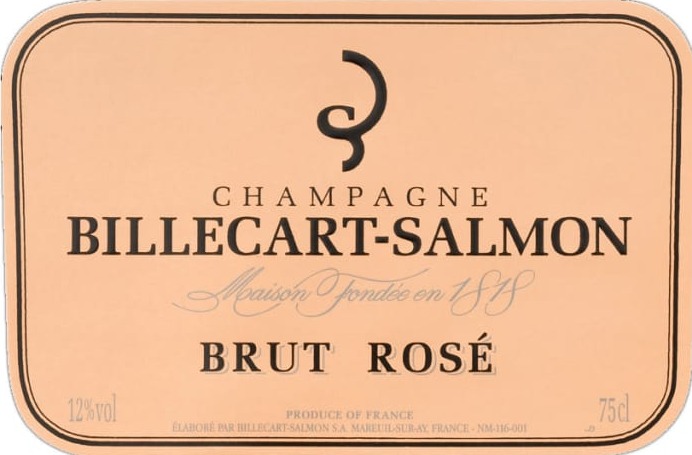
Whether you are buying or drinking Champagne, it's good to learn how to read champagne labels so you know what you are getting!
Here are some clues to tell you what you can expect in your bottle.
Champagne Designation
Don’t call it Champagne unless it’s from Champagne! It’s a place, so true Champagne must come from the region of Champagne, and it must be made in the traditional champagne method, which means the second fermentation takes place inside the bottle. This real estate value typically equals a higher price tag, but it’s well worth it!
Notice the Champagne label clearly has the word Champagne printed on the top of this Veuve Clicquot label. All true Champagnes will have this noted prominently on the label.

Non-Vintage vs. Vintage Champagne
Non-Vintage Champagne
In Non-Vintage Champagnes multiple vintages are blended to make the base wine, so no year is on the champagne label. These wines aim for consistency, and the style reflects the producer, so if you love a particular producer’s non-vintage wine, chances are you’ll love it every year!
Vintage Champagne
For Vintage Champagnes all the grapes in the wine were harvested in the same year, and the year will be printed right on the Champagne label. Vintage wines are unique and the style reflects the year the grapes were grown. You’ll find these are a bit more pricey than the non-vintage counterparts.


Grape Indicators
Blanc de Blanc means “white of white” and is made only of white grapes (Chardonnay to be exact) – typically these wines are lean and elegant, lighter in style and crisply delicious.
Blanc de Noir means “white of black” and is a white sparkling wine made from red-skinned grapes (typically Pinot Noir and/or Pinot Meunier). Usually fuller-bodied, this particular style offers ripe fruit with rich texture and pairs well with a variety of foods.
Rosé comes in a range of shades, from pale salmon to berry pink. Expect a full-body style as the color comes from spending time on red grape skins, gathering color and complexity. Not only is pink pretty, it’s perfect to serve through a meal!


Sweetness Level
Brut Nature or Zero Dosage champagnes are bone dry, with no residual sugar at all.
Extra Brut champagnes are similar to Brut Nature and are very dry with a hint of texture.
Brut champagnes are dry, with a slightly rounder finish that balances the crisp acidity with brioche notes and fruit. This is the most common style you’ll find.
Extra Dry or Sec is a bit of a misnomer because it actually means that it has a hint of sweetness. We call this style, “off-dry.”
Demi-Sec is also a misnomer as it translates to “half dry,” but it is actually the sweetest on this list. If you want a Champagne for dessert, this is the one!
Other Champagne Label Tidbits
Premier Cuvee or Tete de Cuvee means the top of the top, the best of the best blend of the house. This is where you see some of the best non-vintage Champagnes, like Krug’s Grand Cuvee.
Premier Cru and Grand Cru Some vineyards in Champagne, like other areas of France. are labeled Premier Cru or Grand Cru. If a house purchases (or owns) all its grapes from grand cru or premier cru vineyards, they may put that on their label.